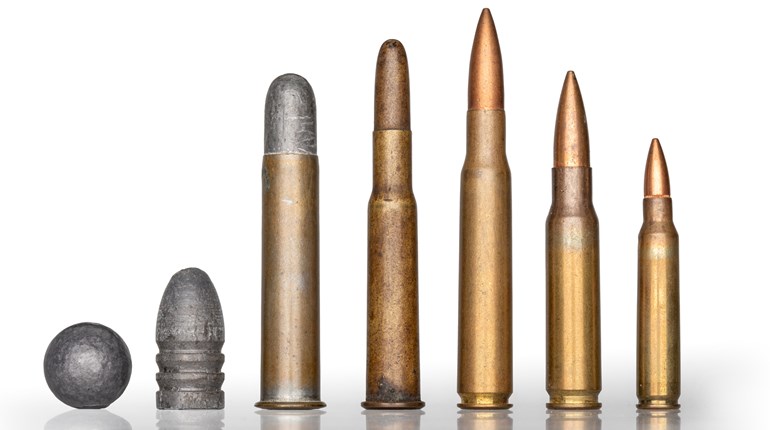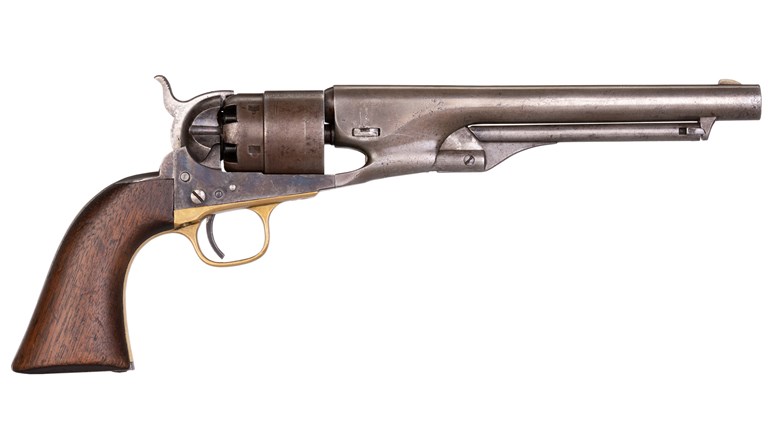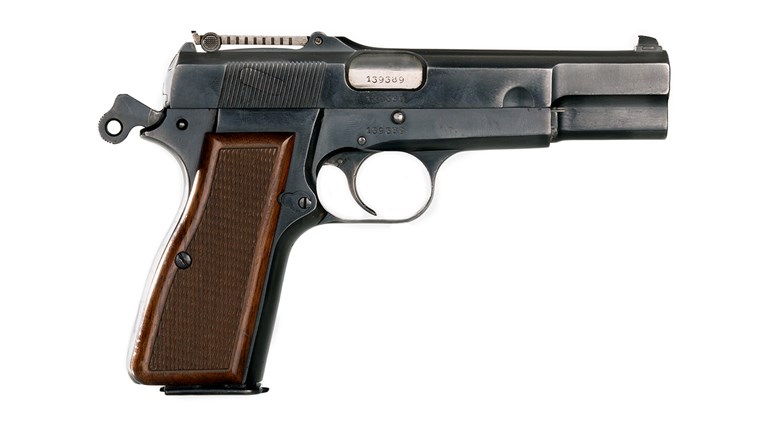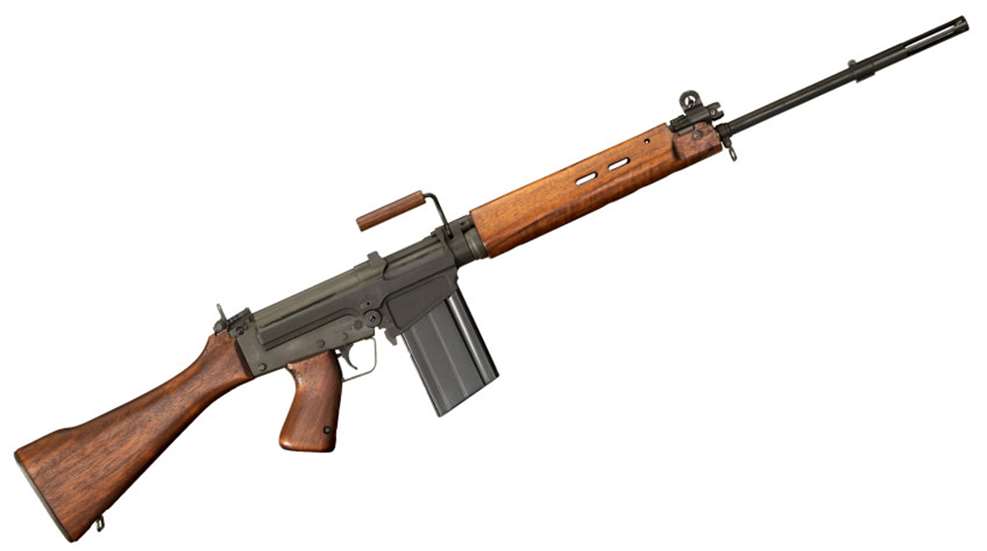
Alternative history is a bad habit. “What-if” scenarios can endlessly distract our attention away from what actually happened, but sometimes it is irresistible to consider the possibilities. For example, it is intoxicating to imagine how the Meuse-Argonne Offensive in late 1918 would have been different if U.S. troops had been armed with the early version of the Thompson submachine gun known as the Annihilator.
By that same token, it is tempting to consider what World War II combat might have been like if U.S. troops had been armed with the 10-shot, .276-caliber T3E2 Garand rifle instead of the eight-shot, .30-caliber M1 Garand that actually fought the conflict.
But, perhaps the best “what if” of them all relates to the rifle that replaced the M1. We all know that it was the M14, but its selection was not an inevitable, foregone conclusion. There was an alternative—a domestically produced version of the Belgian FAL known as the T48—and the U.S. briefly considered adopting it.
The experience of combat during World War II had demonstrated that a selective-fire weapon feeding an intermediate cartridge from a detachable-box magazine was more appropriate for the modern battlefield. With that in mind, the Belgian gunmaking firm Fabrique Nationale d’Armes de Guerre in Herstal, near Liège, began developing a new rifle in 1946, and that rifle drew inspiration from the German MP-44.
Like the Sturmgewehr, it was gas-operated with a tilting breechblock. Chief engineer for FN, Dieudonné Saive, even chambered his design for the Sturmgewehr’s 7.92x33 mm Kurz cartridge. The company designated it Fusil Automatique Léger (hence FAL), which translates to Light Automatic Rifle, but as work continued on it at Herstal an unprecedented concern exerted itself on the design development process.
Starting in 1949, NATO member nations sought to standardize military equipment including small arms and ammunition. By then, the U.K. had a promising new intermediate service cartridge in the form of .280 Enfield and it provided the kind of performance that NATO wanted.

When FN then chambered the FAL for .280 Enfield, it had a winning combination and a contender for NATO standardization, but there was a problem. The U.S. considered .280 Enfield too weak and moved forward with the development of the T65—offering performance similar to .30-‘06 Sprg., but with a significantly shorter overall length.
Simultaneously, the U.S. began the development of a selective-fire modification of the M1 Garand that would feed the T65 cartridge from a detachable-box magazine, designated T44. In an effort to accommodate the American advocacy for the T65 cartridge, which would ultimately be standardized as 7.62 NATO, Saive modified the design of his FAL to chamber it. This version of his rifle quickly emerged as the frontrunner for NATO standardization and, in 1951 Brussels offered the design to Washington, royalty-free.
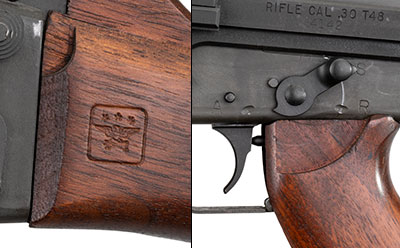
The 7.62 NATO FAL went into production at FN in 1953 just as the U.S. was beginning to seriously consider adoption of the rifle. It was officially designated T48, and it performed well in trials against the T44 (the modified Garand). The following year, the U.S. government issued a contract to Harrington & Richardson Arms Company (H&R), for the production of 500 T48s as a part of an engineering study designed to determine if the company could mass produce the rifle.
The T48s that H&R produced are distinctive with handsome wood furniture, a partial dustcover that also serves as a clip guide, a metric style gas regulator, a non-reciprocating charging handle and a flash suppressor/bayonet lug. They stand out in the greater FAL universe because of their squared-off, folding, winter trigger guards and U.S.-property acceptance markings. In addition to production at H&R, the High Standard Company turned out all of 12 examples.
The first American made T48 was test fired at Springfield Armory on May 9, 1955 and it was a roaring success. Despite this, though, an American FAL would never be anything more than the product of an engineering study. It performed as well as the T44 in every category, but it was 1 pound heavier, and on the basis of that alone—officially at least—it was not adopted.
Instead, the T44 became the M14 on May 1, 1957. In the end, more than 1.3 million examples of the M14 would be made. In contrast, the 512 American FALs made by H&R and High Standard are little more than an obscure footnote in the overall history of small arms.
Although they would never create a legacy the way that the M14 did, it is nevertheless irresistible to consider the alternative history that might have been. What if Americans had carried that rifle into battle in Vietnam? Would the historical outcome be different? Probably not, but it is nevertheless thought provoking to imagine U.S. troops on maneuvers during the Cold War carrying “The right arm of the free world.”












